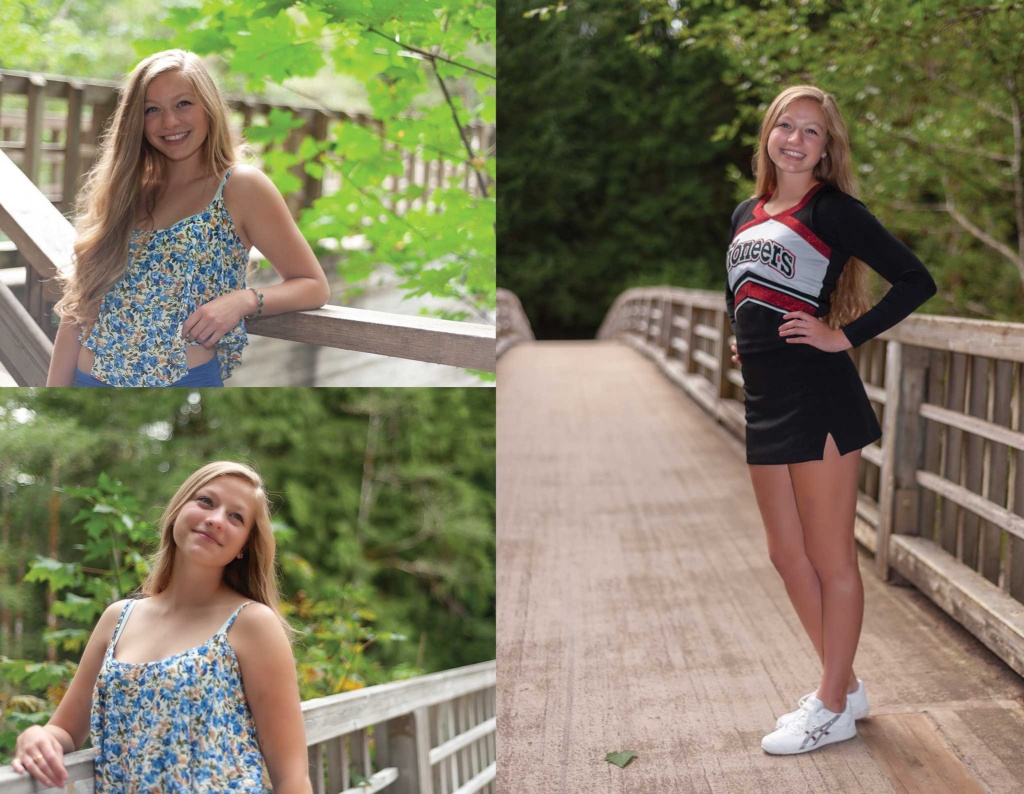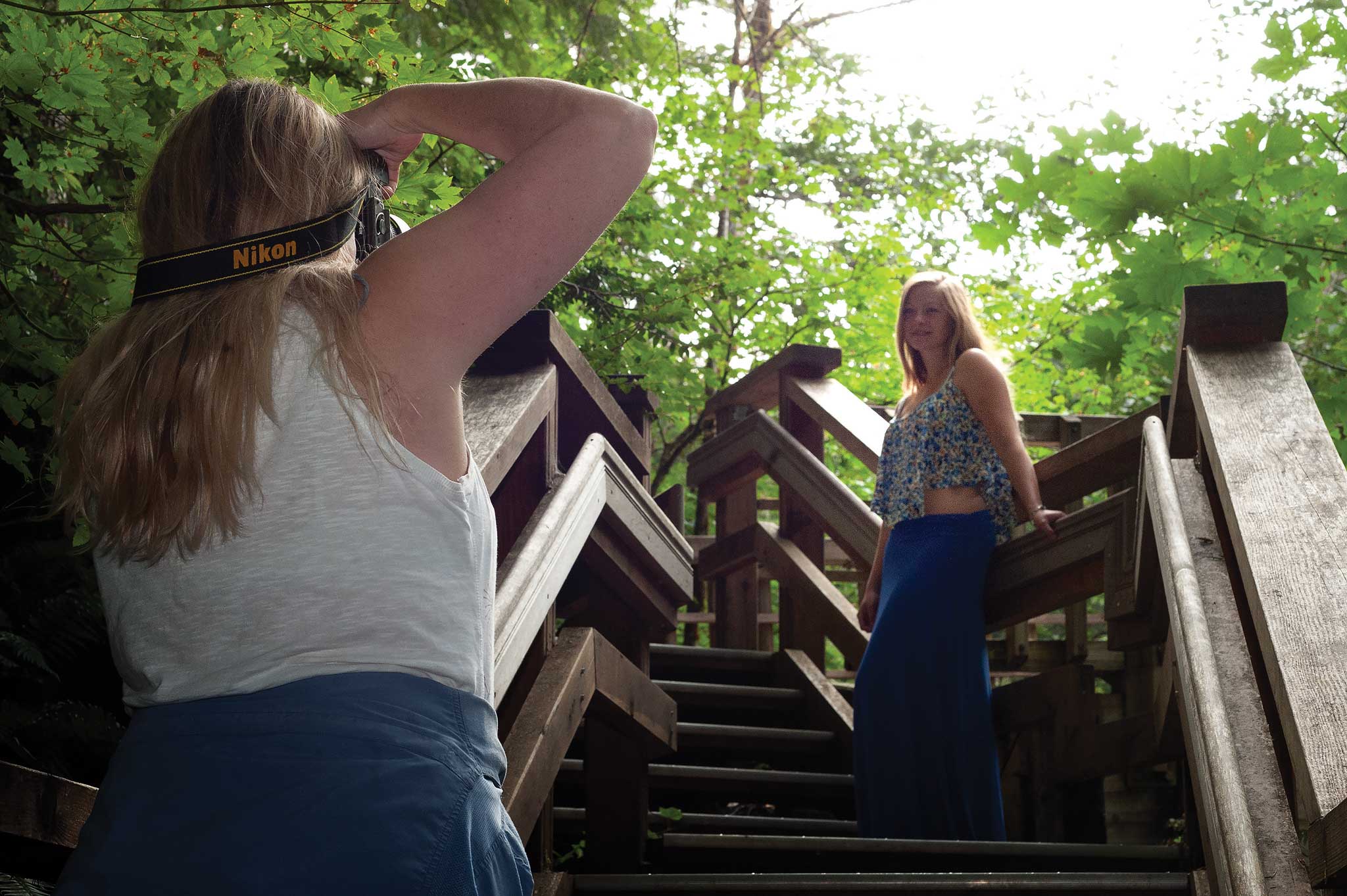It’s Autumn once again, and for many parents and photographers it means senior portrait season.
There are many photographers to choose from these days, when it comes to creating portraiture, but what if you would like to attempt it yourself? In this day and age you have the tools to do it, even if you use your smartphone camera. All you would need to provide would be your own artistic touch, but there are a few tricks to learn and remember that could help your success.
The first thing to keep in mind is composition. As in all forms of visual art a strong and creative composition is imperative. A photo can be technically imperfect, but if the subject is interesting and the composition is strong then the photo will still be effective. Remembering the basics of composition, especially the Rule of Thirds will help to create that perfect composition. Avoid centering your subject or having them stand facing directly at the camera. Turn their body in one direction and have them turn their head toward the camera for instance. Take some time to research poses before your go out with your subject.
Find an interesting location. The location should not be a part of the subject of the photo, but should enhance the experience of the moment that you’re capturing. Places such as a garden or a park with landscaping or features such as rock walls, interesting buildings or trees. Allow your subject to be a part of the scene. Have them lean against or stand in front of the feature. It’s Autumn so many times a location with some beautiful Falls leaves will be a great backdrop, especially if the leaves are illuminated by warm morning or afternoon light from behind.
Second only to composition in importance is lighting. Portraiture can be created outdoors in natural light without external lighting in certain situations. Try to find filtered light or a shady spot for even tones. I try to avoid direct sunlight on my subjects. This can be done by standing in a shaded area or by blocking the light with a piece of cardboard or matboard. If the subject is too dark in the area that you choose then either a soft flash or a reflector to direct ambient light onto the subject can illuminate them. You can use a simple piece of white matboard, or something similar, to reflect indirect sunlight onto your subject. This method also works well when the subject is backlit.
Choosing a camera is less important these days, especially considering the resolution that modern smartphones possess. It’s completely practical to use a smartphone for your photos. Todays phones are capable of taking excellent images and there are apps that will allow you to artfully edit the photos. The only limitation may be the size of which that you’re capable of printing the photos, but in most all cases it’s not an issue. Most smartphones are able to allow you to set certain settings manually and to save the image as a raw file which enables the photo to be edited more extensively, including creating a shallow depth of field to blur the background. The phone app will also give you editing options for your photos. Take out your phone and give it a whirl.
If you own a digital single lens reflex camera, or a similar solid body camera, with interchangeable lenses, make sure that your shutter speed is fast enough so as not to have any kind of motion blur from movement of your hand or the subject. An open aperture, smaller f/stop number will help by allowing more light into the camera while also creating a shallow depth of field, blurring the background while keeping the subject sharp. This will also help to separate your subject from the background.
Post processing, or developing, your photos can be fairly easy with some of the apps for smartphones or programs for desktop computers that are available. Many are similar to Instagram filters where you have a list of effects that you can click on to preview to see what your photo would look like. Just click until you find one that works or is close, you can do find tuning in most cases, and then save the high resolution file.
But of course in most cases there’s no substitute for a professional with experience in working with composition and light who uses professional level equipment. But if you’re wanting to try it yourself first, go for it. What do you have to lose but a little time? It’s fun to photograph your children or your grandchildren and will give you some quality time with them, and you’ll gain some valuable photography experience and, perhaps, some beautiful senior portraits.


